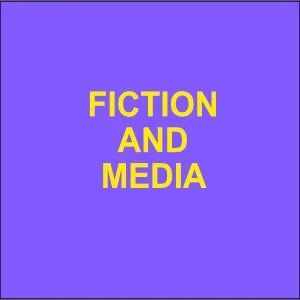By Ciarán O’Connor
In collaboration with the Southern Poverty Law Center, ISD conducted research to examine the use and misuse of YouTube Super Chats, a tool that allows creators to monetise comments in their livestream chat feeds, that are an increasingly important source of revenue for both YouTube and creators on the platform. The report features three case studies examining popular political commentary and content channels; Timcast IRL, The Young Turks and Right Side Broadcasting Network. In the past, Super Chats have been used by extremists on the platform as a source of generating revenue and, as this report demonstrates, Super Chats continue to enable creators and YouTube to profit from comments that promote violence, conspiracy theories, misinformation and hate. The report features three case studies of popular YouTube highlights YouTube’s failure to effectively enforce its own community guidelines on Super Chats and includes recommendations on how the platform can address this enforcement gap.
Beirut; Berlin; London; Paris; Washington DC : Institute for Strategic Dialogue (ISD), 2022. 18p.


















